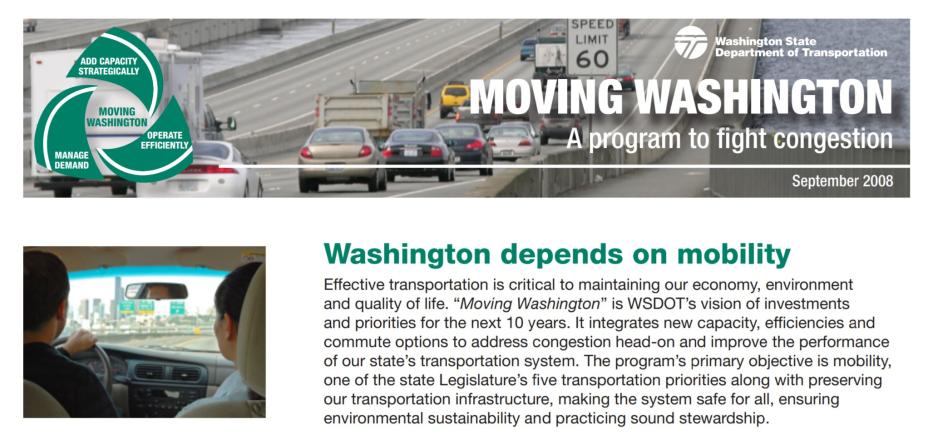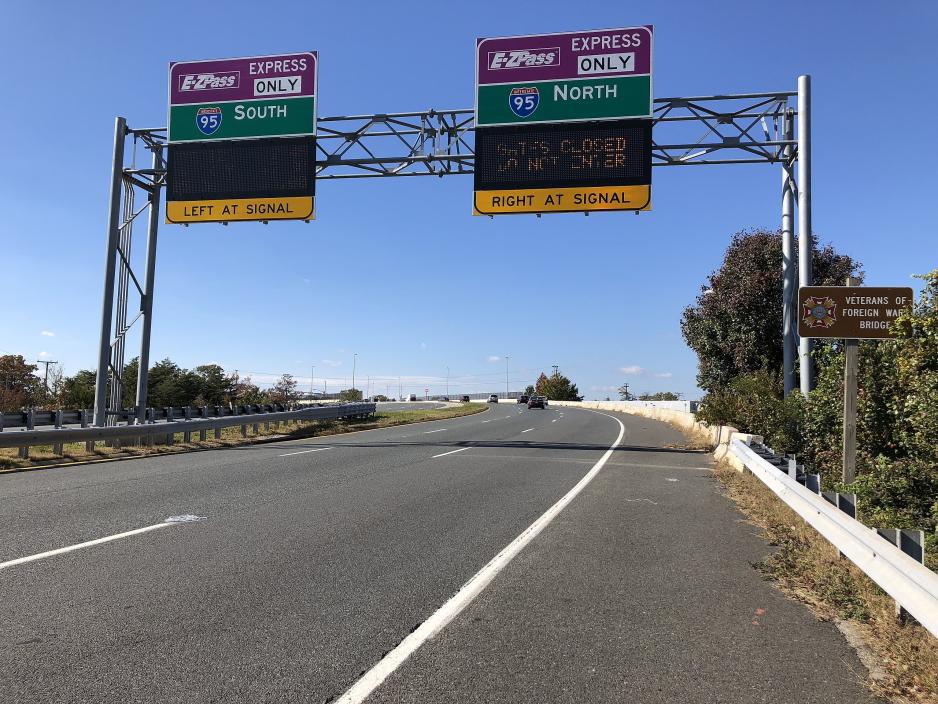Marin County, CA, USA - Marin County's First/Last Mile Partnership with Lyft
Marin County, California offers a case study of a first/last-mile partnership that is achieving its goals of encouraging carpooling to provide first-mile/last mile access to the Sonoma-Marin Area Rail Transit (SMART) rail service. When the SMART service launched, the Transportation Authority of Marin (TAM) began receiving requests to provide shuttles to major employment locations. Due to the County’s low density, shuttle costs were being estimated at $250/hour. Instead, TAM hired a transportation demand management (TDM) consultant to look for alternatives.
TAM created the “GETSMART17” Lyft Pilot Program, which was launched to coincide with the opening of the SMART system. The program provided $5 off all LyftLine rides to and from SMART stations and was funded by a $10 annual Vehicle Registration Fee passed by Marin County Voters in 2010 to “maintain local streets and pathways, improve transit for seniors and persons with disabilities and reduce congestion and pollution.” The program budget was $70,000, below the federal threshold requiring formal procurement. However, through the program’s first year, total program costs were $55,240 with 956 total service revenue hours, at only $57.78/hour, well below the original $250/hour estimates. ADA rides were provided through a partnership with a non-profit, Whistlestop, but required advanced booking.
TAM marketed the program online and through social media, elected official newsletters, email chains, and city newsletters. A news story in the local paper received traction and TAM also put up banners in the SMART stations advertising the program and Lyft send out reminders to users in Marin County every month (coinciding with a new promo code every month).
The program has been considered an overall success. Data from the pilot program showed that 95 percent of the riders were repeat riders, and the majority of rides were less than five miles and between 5-10 minutes in duration, indicating that they were being used for first /last-mile service. The program also found that the cost of the LyftLine subsidies was significantly less than the cost of providing a traditional shuttle. Nevertheless, ADA rides, which accounted for only 8% of total rides, collectively cost more than the remaining 92% of rides which were provided by Transportation Network Companies (TNCs) such as Lyft or Uber. Switching the ADA rides to TNCs could result in substantial cost savings as demonstrated by MBTA’s pilot program using TNCs to offer paratransit service.
TAM’s program has been successful as a first/last-mile measure since it acted as an extender of the SMART rail line (and by extension, connections to San Francisco). Other areas that have implemented first/last-mile subsidies for TNCs have seen that riders are often able to bypass transit stations and use the service to go straight to their destinations. This anecdotal evidence shows that program design and geofencing are very important in these types of partnerships to ensure that they are used as first/last-mile rides rather than as a substitute for public transit.
Washington State, USA - DOT Moving Washington Program
The Washington State Department of Transportation (WSDOT) is considered a national model for its comprehensive transportation demand management (TDM) program. Supported by state legislation that requires county and local governments in congested areas to develop plans for employers to reduce single-occupant vehicle (SOV) trips, a philosophy has been ingrained that considers TDM activities as an essential part of transportation planning and policy. WSDOT’s Moving Washington policy framework guides decision making according to three principles:
- Operate efficiently
- Manage demand
- Add capacity strategically
Strategies for addressing congested corridors are evaluated against each of the three principles above, and efforts are made to build consensus around priority projects and corridors together with local communities, federal agencies, transit agencies and community groups. Because of WSDOT’s long experience with TDM, the organization is able to offer technical assistance, which includes 18 years of trip reduction performance data to local agencies and companies to help them develop locally tailored TDM programs.
WSDOT also provides capital assistance for the state’s transit agencies that operate vanpool programs, as well as regional mobility grants that fund a variety of transportation investments in communities across the state.
Miami, FL, USA - I-95 Express Lanes
The I-95 corridor provides a crucial link between downtown Miami and communities and employment centers to the north. Previous highway management strategies included the installation of an high-occupancy vehicle (HOV) lane in each direction, however the lanes became heavily congested, along with the adjacent mainline corridor. Transit service along the corridor was also minimal, leaving commuters with little choice but to face increasingly congested highway segments on I-95.
Faced with these challenges, state, local, and federal stakeholders developed a plan for the corridor that began with priced managed lanes and evolved into a more holistic TDM strategy for the entire region. Tolled express lanes were added to the roadway through re-striping, with exceptions made for HOV 3+ rather than HOV 2+ vehicles. In one of the most successful implementations of managed lanes in the U.S., speeds on the HOT lanes and general-purpose lanes increased substantially after the facility was opened.
Beyond the implementation of the express lanes, regional stakeholders engaged South Florida Commuter Services to conduct employer outreach and education with the goal of registering carpool users who would benefit from the new facility. The organization maintained a database of carpool users and provided regular reports to inform additional outreach and education efforts.
Highlights included:
- Introduction of new high-occupancy toll (HOT) lanes to reduce chronic congestion.
- Incentives provided to carpool users, transit buses, and registered vanpools to use HOT lanes toll free.
- Partnership with regional body—South Florida Commuter Services—to perform employer outreach and education around mobility options.
- After implementation of the facility in 2008 (as well as after expansion in 2010) speeds on the HOT and general-purpose lanes increased significantly.


